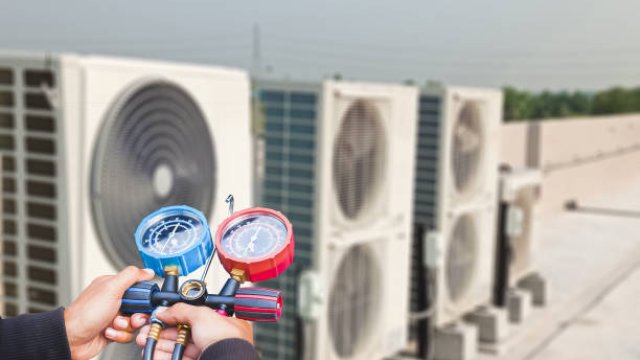Significant New Alternatives Policy (SNAP) Program
The Significant New Alternatives Policy Program (SNAP), established under the Clean Air Act, allows the EPA to evaluate substitutes for ozone-depleting substances and hydrofluorocarbons (HFCs) targeted by the American Innovation and Manufacturing Act (AIM). This program helps identify safer alternatives to reduce environmental and health risks. Learn how the EPA assesses these substitutes, the submission process, and why these alternatives are crucial for protecting human health and the environment. For more information, visit Protecting Our Climate By Reducing Use of HFCs page.

-
SNAP Program Overview

Learn about the purpose of the program.
-
Regulations

Learn about EPA’s regulations for substitutes.
-
Substitute Information by Industrial Sector

Learn more about SNAP criteria and guidelines for substitutes, and decisions for each industrial sector.
-
SNAP Application Information

Learn about SNAP review, information for substitute submissions and forms, and additional guidance.
-
Unacceptable and Acceptable Substitutes Tables

Learn more about the unacceptable and acceptable substitutes.
-
Resources

Access the SNAP glossary, Frequently Asked Questions, and other resources.
Explore how successful ozone layer protection is a part of our everyday life.

